
table of contents
- Dogwood
- Existing toxins
- Toxicity
- Symptoms
- Danger
- From children
- About dogs and cats
- Of sheep and chickens
The dogwood or horn shrub is a small tree or shrub that is often grown in gardens in the local latitudes. Because it looks very decorative in every season of the year thanks to its reddish shimmering branches, which even turn blood red in winter. There are also red fruits in autumn. These are not poisonous, but the other parts of the plant are slightly toxic. Therefore, the following article explains what should be observed in cultivation.
Dogwood
Existing toxins
Cornus owns poisonous plant partsThe fruits, on the other hand, are not poisonous either raw or cooked. But raw the fruits are inedible because they are very acidic, but are often cooked and processed as fruit juice or jam. In addition, the fruits of the dogwood are often found dried in birdseed.
The poison is mainly found in the following parts of the plant:
- Scroll
- root
- bark
- enriched with cornin
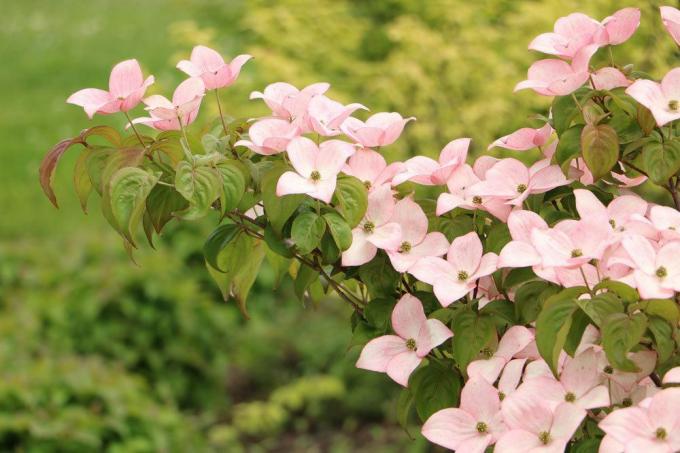
Toxicity
Because of the poison present, the horn shrub is also known under the Latin name Cornus. at
Cornin it is a poison for which a critical dose is not known, a life-threatening case has not yet occurred. This is mainly due to the fact that large parts of the plant would have to be consumed, which usually does not happen. But the poison can also be transmitted through simple contact with the plant and trigger symptoms. Therefore, when working with the Horn shrub Always ensure that long clothing and gardening gloves are worn.Symptoms
Has a small child living in the household accidentally put a leaf in their mouth while playing, one If a cat or dog has nibbled or licked the plant, the following symptoms may be mild poisoning come. These are described as follows at www.gizbonn.de/134.0.html, the information page of the Giftnotzentrale Bonn.
- local mechanical irritation on contact
- also rash
- when consumed
- fatigue
- malaise
- Diarrhea and vomiting
If such symptoms are found, it is advisable to give the person who has tasted the plant more fluid in the form of water to feed. If you are unsure, call the poison control center, which will help in such cases and quickly look for one doctor or dials the emergency call directly.
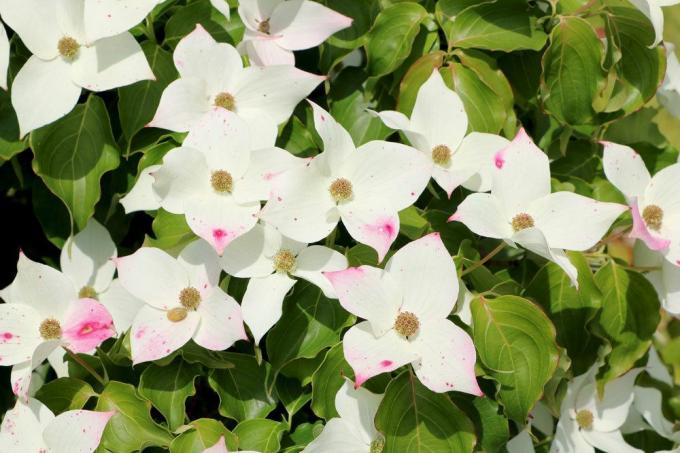
Danger
From children
The horn bush can be dangerous when cultivated in the garden, especially for very young children. Because even if the fruit are not poisonous and, because they are inedible when they are raw, are quickly spat out again, so small children in particular like to use them for their games leaves and branches. This is used to build or cook. Older children, on the other hand, from around the second half of elementary school, can already be explained that the shrub is poisonous and should therefore not be touched. However, if there are small children in the household, the following precautions are recommended.
- avoiding cultivation
- Planting dogwood behind a fence
- always out of the reach of small children
However, if there is reason to suspect that a child has come into contact with the dogwood, or may have also eaten one or the other leaf, then there should be no hesitation in referring to the Emergency call to agree. Because even if no life-threatening symptoms have arisen in connection with the dogwood, they are small children's bodies not yet as resistant as is the case with adults and should therefore always be given immediate medical attention will.
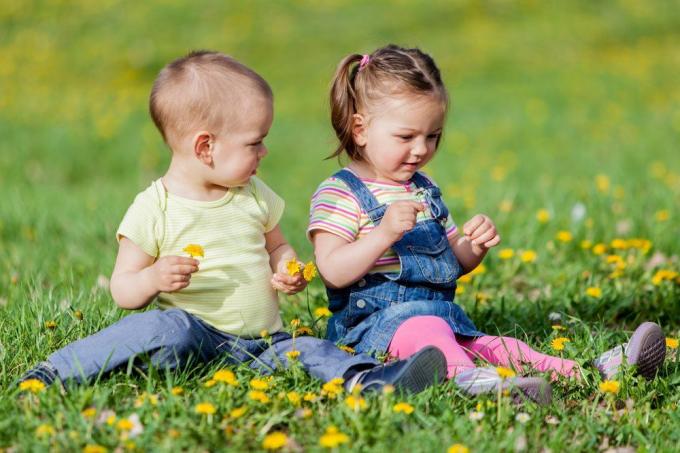
About dogs and cats
If dogs, cats or even smaller rodents such as rabbits and guinea pigs live in the household, contact with a Cornus should definitely be avoided. Because for the small animals contact, even if the dogwood is only slightly poisonous, can be fatal. Rodents or cats in particular like to nibble on the branches and leaves of plants, so the poison can quickly get into the body. In such a case, the vet be sought out. Therefore, the following measures should be taken in cultivation when small animals are housed.
- a fence around the bush helps with dogs
- Only release small rodents in an enclosure in the garden
- make a certain area for cats to run around
- do without a horn bush in the garden entirely
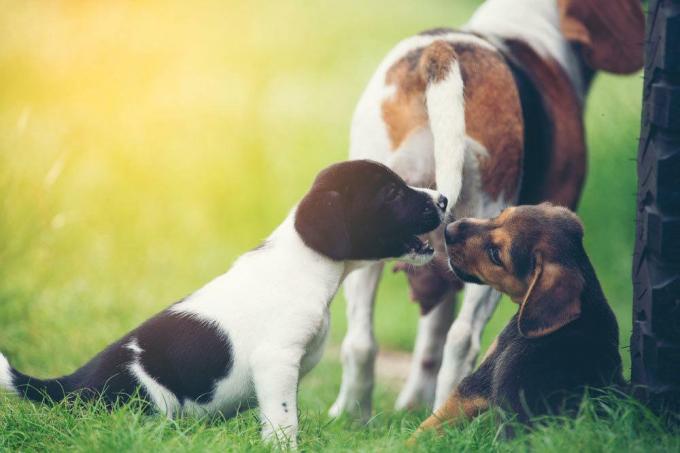
Of sheep and chickens
The berries that grow on the bush in autumn are not only decorative, but also a welcome source of food, especially for birds. Therefore, the fruits are often used in commercial birdseed even when they are dried. So are allowed to Chicken Like to peck at the berries in the garden, as they are completely non-toxic. Sheep, on the other hand, if they belong to the household, should not be able to reach a bush. Because right now Sheep Like to nibble on the leaves of plants and could in turn absorb the poison. In this case, too, is the walk to vet unavoidable when the various symptoms of possible poisoning show up.
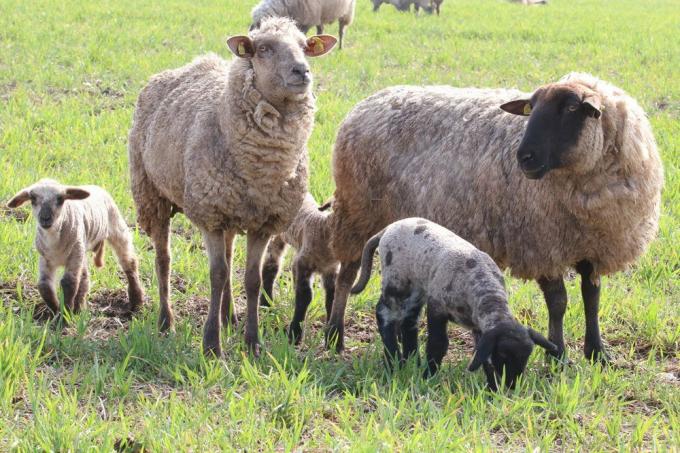
Therefore, it is better to do the following:
- Do not plant dogwood near sheep
- feed the chickens only the berries
- Do not cultivate plants near the stable
Because just one chicken has very little weight and cannot easily process the ingested poison. However, if the animals peck at the branches or in the ground around the roots, they are at risk of ingesting the poison. This could quickly be fatal for these animals as well.
Source:
- www.gizbonn.de/134.0.html
